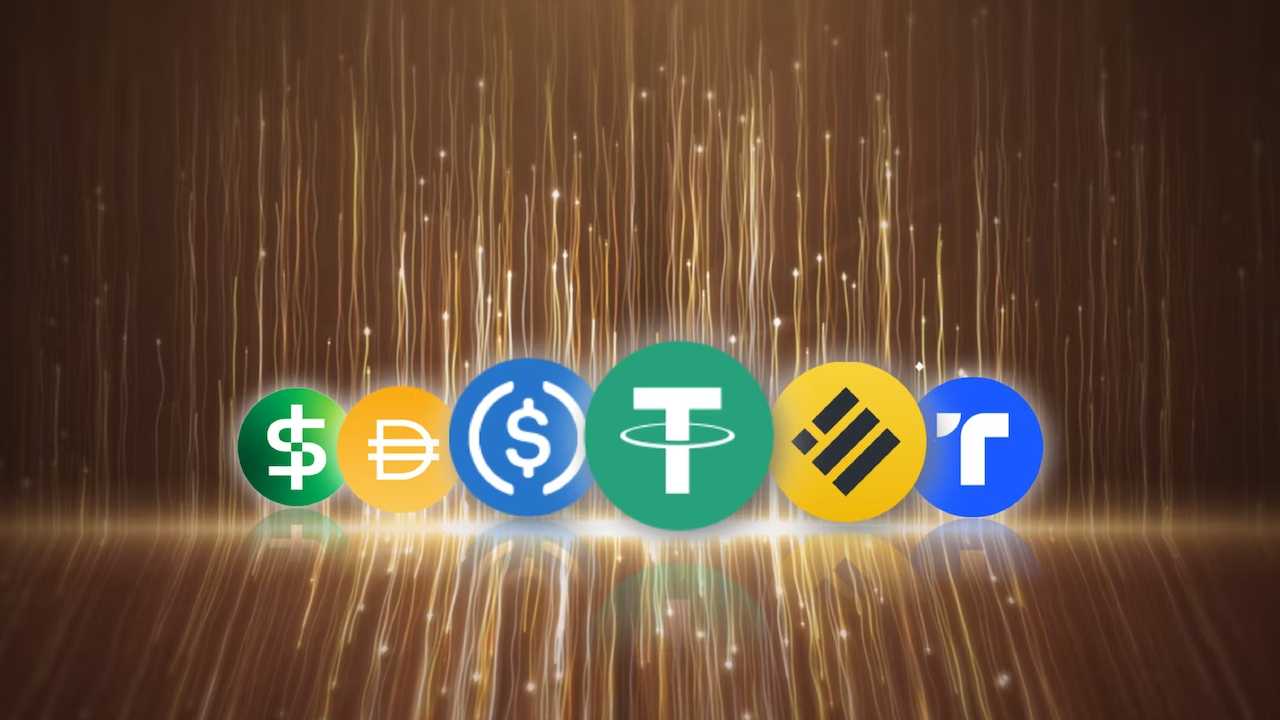Tech
Stablecoins: What Are They and How Do They Work?

Money value is always very unpredictable and changeable. Today it can grow to the sky, and tomorrow it can collapse to the ground. To maintain their savings, investors most often use precious metals, real estate and other valuable assets. However, there is another option – stablecoins, which can protect you from possible losses.
Let’s look more closely at what stablecoins are and how they function.
Stablecoin unboxed
We all measure things using fiat money, but the blockchain has no idea of what a euro or a dollar is. Its own metrics include hashrate, transaction count, and block size. Stablecoins were created in order to make the blockchain more relatable to the general public and to transform it into an asset that can be used as a measure of value.
So, a stablecoin is a crypto asset that is pegged to an asset with a stable price, such as a fiat currency. Moreover, they can be tied to precious metals like silver or gold, natural resources like gas or oil, securities, bonds, buildings and other assets. Stablecoins are intended to sustain value and offer price stability, in contrast to fiat currencies vulnerable to inflation and other crypto coins notorious for their excessive volatility.
According to buidlbee.com, the most popular market stablecoins are Tether (USDT), Dai (DAI), USD Coin (USDC), Binance USD (BUSD), TrueUSD (TUSD), Paxos Standard (PAXOS) and many more.
What are stablecoins for?
Popular stablecoins are a liquid asset that can be found on practically any site.
Popular stablecoins also function as a worldwide unit of exchange and capital storage for cryptocurrency investors and traders. They trade more easily with other cryptocurrencies than with fiat currency. Stablecoins, as opposed to cash, are quicker and easier to transfer between accounts and addresses.
Moreover, stablecoins are a means of protecting against volatility in a cryptocurrency portfolio and are actively used in DeFi applications.
What is the benefit of the investor?
Stablecoins serve as a form of buffer in the bitcoin market. Owners of big sums of money can easily enter the crypto market. This is useful because you can instantly convert a significant sum of money into money within the blockchain and trade or invest in it.
There is also a case in which an investor has a large amount of crypto and doesn’t want to lose its qualities. Then he converts the cryptocurrency into stablecoins and waits out the cryptocurrency market volatility.
Stablecoins also have the potential to eventually replace conventional fiat currencies in regions with unstable government currencies, which is another key benefit. These assets could serve as a short-term fix for nations with unreliable fiat currencies where value drops off often.
That is why, in the future, the popularity of digital assets created on the basis of real material goods will only increase.
What are the flaws of stablecoins?
Despite the potential of stablecoins as a means of widespread adoption of cryptocurrencies, they still have certain limitations:
- Stablecoins don’t ensure peg retention. While some huge initiatives are successful, many others are not. If a stablecoin consistently fails to retain its peg, it might lose all of its value.
- There’s no good transparency. Tether (USDT) and USD Coin (USDC) have yet to release comprehensive public audits, while the majority of significant stablecoins merely submit attestations on a regular basis. They are carried out on behalf of stablecoin issuers by private accountants.
- Compared to other cryptocurrencies, stablecoins backed by fiat are sometimes more centralized. The collateral is kept by the central entity in this situation, which may be subject to external financial regulation and hence has extensive influence over the currency. Simultaneously, you must ensure that the issuer has the disclosed reserves.
- Crypto-backed coins and fiat coins depend on their community. Crypto projects typically use open governance mechanisms, meaning users have a say in the development and management of each project. This means that you need to take part in voting or leave the choice to the developers and the community.
Final thoughts
It’s difficult to find an investor or trader who hasn’t used stablecoins. They are frequently kept on bitcoin exchanges so that consumers may respond fast to fresh market possibilities. You may also initiate and close trades without needing to convert to fiat. Stablecoins help make payments and transfers throughout the world, as well as gain passive income through staking in the DeFi ecosystem, in addition to trading and investing.
Stablecoins are a crucial component of cryptocurrencies, but their hazards must not be overlooked. Some stablecoin projects cannot keep pegging, must reduce resources, or risk legal action. Stablecoins are useful tools, but they are still cryptocurrencies and have the same dangers as other coins. To reduce risk, diversify your portfolio and do your own research before making trades.
Kenneth is a proud native of sydney, born and raised there. However, he pursued his education abroad and studied in Australia. Kenneth has worked as a journalist for almost a decade, making valuable contributions to prominent publications such as Yahoo News and The Verge. Currently, he serves as a journalist for The Hear Up, where he focuses on covering climate and science news. You can reach Kenneth at [email protected].










